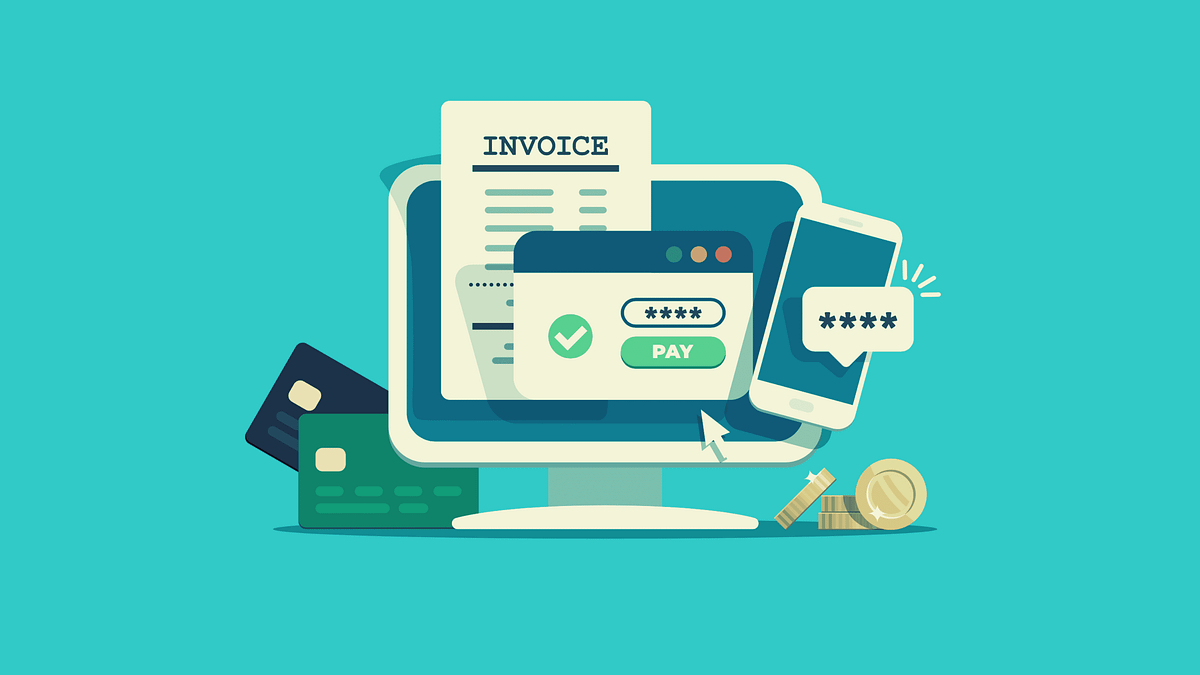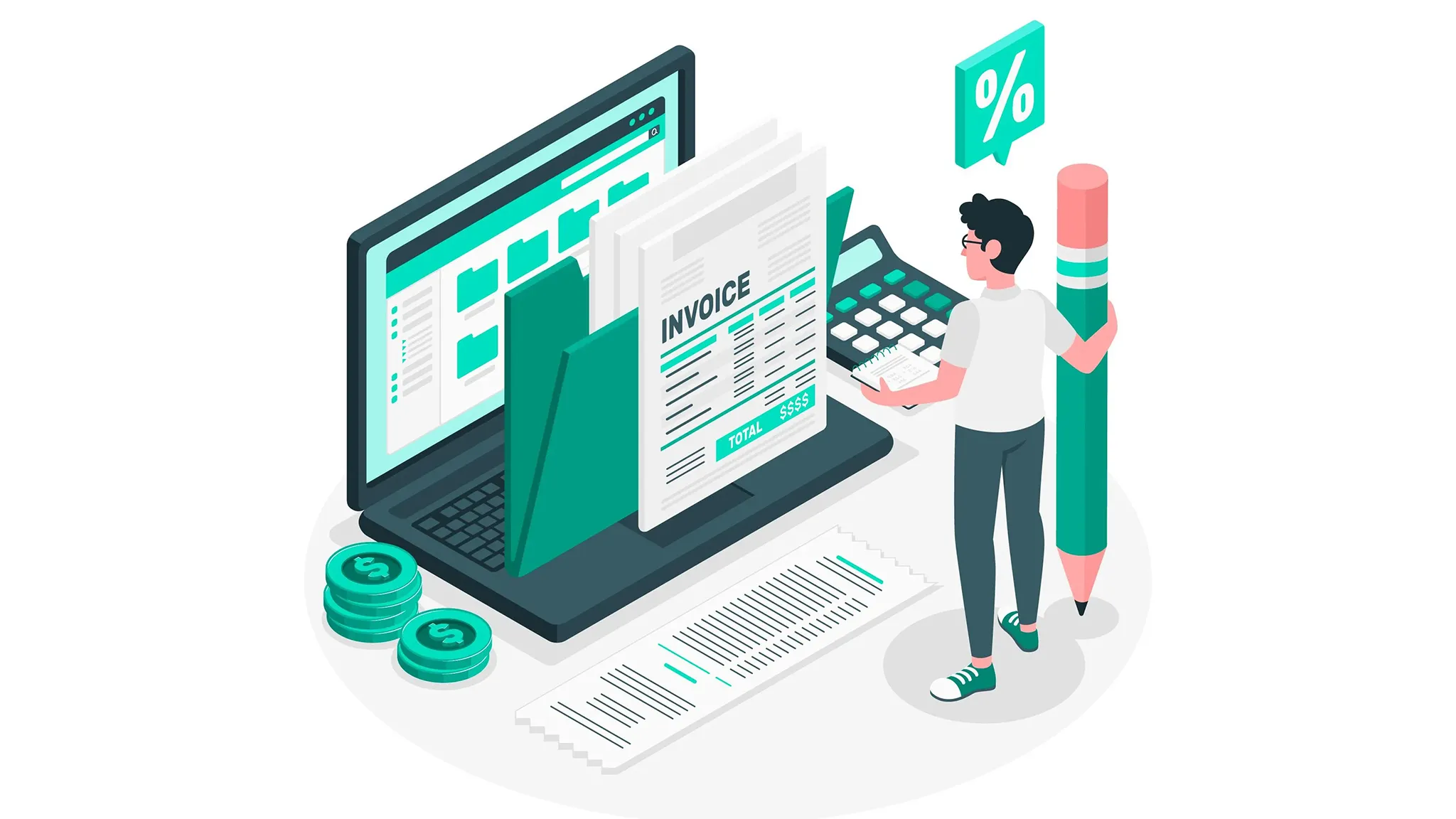Usage-based billing (UBB) is a pricing model where customers are charged based on their actual consumption of a product or service rather than a flat fee. This model is widely used across various industries, including telecommunications, cloud computing, utilities, and software-as-a-service (SaaS). With the rise of digital transformation and the increasing demand for flexible pricing structures, UBB has become an essential strategy for businesses seeking to optimize revenue and enhance customer satisfaction.
This guide explores the key aspects of usage-based billing, its benefits and challenges, how it compares to traditional billing models, implementation strategies, and future trends.
Understanding Usage-Based Billing
Usage-based billing, also known as consumption-based pricing, allows customers to pay only for the services or resources they use. This model contrasts with traditional subscription-based or flat-rate billing, where customers are charged a fixed fee regardless of usage.
How It Works
- Tracking Usage: Businesses employ meters, analytics, or automated tracking systems to measure customer consumption.
- Pricing Structure: The service provider defines pricing tiers, per-unit costs, or dynamic pricing models.
- Billing Calculation: Based on recorded usage, the system calculates charges and generates an invoice.
- Payment Processing: Customers are billed according to the agreed pricing structure and payment terms.
Industries Using Usage-Based Billing
- Telecommunications: Mobile data, internet, and call minutes charged based on consumption.
- Cloud Computing: Pay-as-you-go models for storage, computing power, and API calls.
- Utilities: Electricity, water, and gas billing based on metered consumption.
- SaaS: Subscription-based software with pay-per-use features.
- Media Streaming: Streaming services with pay-per-view or usage-based pricing tiers.
Benefits of Usage-Based Billing
1. Fair Pricing for Customers
Customers only pay for what they use, making it cost-effective and eliminating wasteful spending on unused services.
2. Scalability for Businesses
UBB enables businesses to scale their offerings, attracting a broader customer base from small startups to large enterprises.
3. Increased Revenue Potential
By charging based on usage, companies can maximize revenue by capturing value from customers with higher consumption.
4. Improved Customer Retention
Flexible billing encourages customer loyalty, as users are more likely to stay with a provider that offers transparent and adjustable pricing.
5. Optimized Resource Allocation
Businesses can better manage resources by analyzing usage patterns, preventing over-provisioning, and improving efficiency.
Challenges of Usage-Based Billing
1. Complexity in Tracking and Billing
Accurately tracking consumption and calculating charges require sophisticated billing systems and real-time data processing.
2. Customer Uncertainty
Users may struggle to predict costs, leading to concerns about unexpectedly high bills.
3. Data Privacy and Security Risks
Collecting and storing usage data raises privacy concerns and the need for strong cybersecurity measures.
4. Regulatory Compliance
Businesses must comply with industry-specific billing regulations, tax laws, and consumer protection guidelines.
Comparing Usage-Based Billing with Traditional Models
| Feature | Usage-Based Billing | Subscription Billing | Flat-Rate Billing |
|---|---|---|---|
| Pricing Model | Pay for actual use | Fixed monthly/yearly fee | Fixed price for a service |
| Cost Control | High (depends on usage) | Medium (predictable) | Low (fixed cost) |
| Scalability | High (flexible) | Medium | Low (one-size-fits-all) |
| Predictability | Low | High | High |
| Customer Retention | High (flexible pricing) | Medium | Low (if customers feel overcharged) |
Implementing a Usage-Based Billing System
1. Define the Pricing Model
Choose a pricing strategy that aligns with business goals:
- Per-Unit Pricing: Charge per usage unit (e.g., GB of data, minutes of call time).
- Tiered Pricing: Different pricing levels based on consumption range.
- Prepaid vs. Postpaid: Customers pay upfront or after usage.
2. Develop a Tracking Mechanism
Use meters, sensors, or analytics tools to collect real-time usage data accurately.
3. Automate Billing and Invoicing
Implement a billing system that integrates with usage-tracking tools to generate accurate invoices.
4. Ensure Transparency for Customers
Provide detailed usage reports, real-time dashboards, and alerts to help customers monitor their consumption.
5. Maintain Compliance and Security
Ensure compliance with taxation, data privacy laws (GDPR, CCPA), and industry regulations.
Future Trends in Usage-Based Billing
1. AI-Driven Pricing Optimization
Machine learning algorithms will help businesses predict demand and adjust pricing dynamically based on real-time usage trends.
2. Blockchain for Transparent Transactions
Blockchain technology could enhance transparency and security in usage-based billing by providing tamper-proof records of usage data.
3. Subscription Hybrid Models
Companies will increasingly blend usage-based pricing with traditional subscriptions, offering flexibility while ensuring predictable revenue.
4. IoT-Enabled Real-Time Billing
With the rise of IoT devices, real-time tracking and instant billing will become more prevalent in sectors like smart homes, automotive, and industrial automation.
5. Enhanced Customer Analytics
Advanced analytics will enable businesses to provide personalized recommendations, discounts, and usage insights to enhance customer experience.
Conclusion
Usage-based billing is transforming how businesses charge customers, offering flexibility, scalability, and fairness. While implementation challenges exist, advancements in automation, AI, and blockchain are addressing these hurdles. As businesses continue to innovate their pricing models, usage-based billing is set to become a dominant strategy across industries, catering to the evolving needs of modern consumers.

